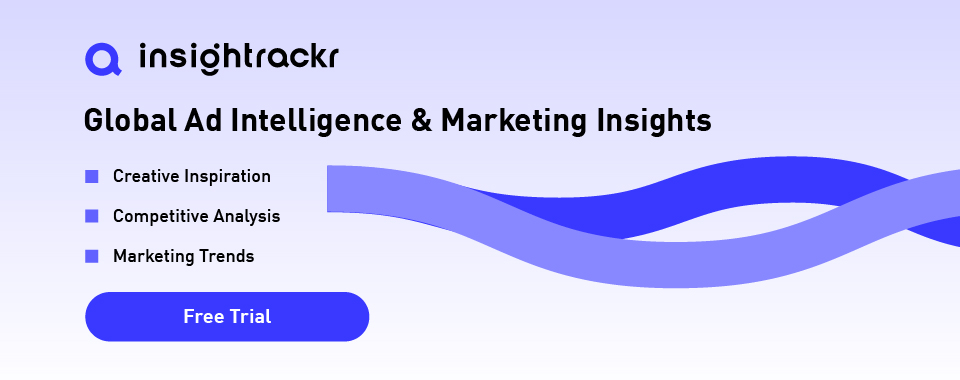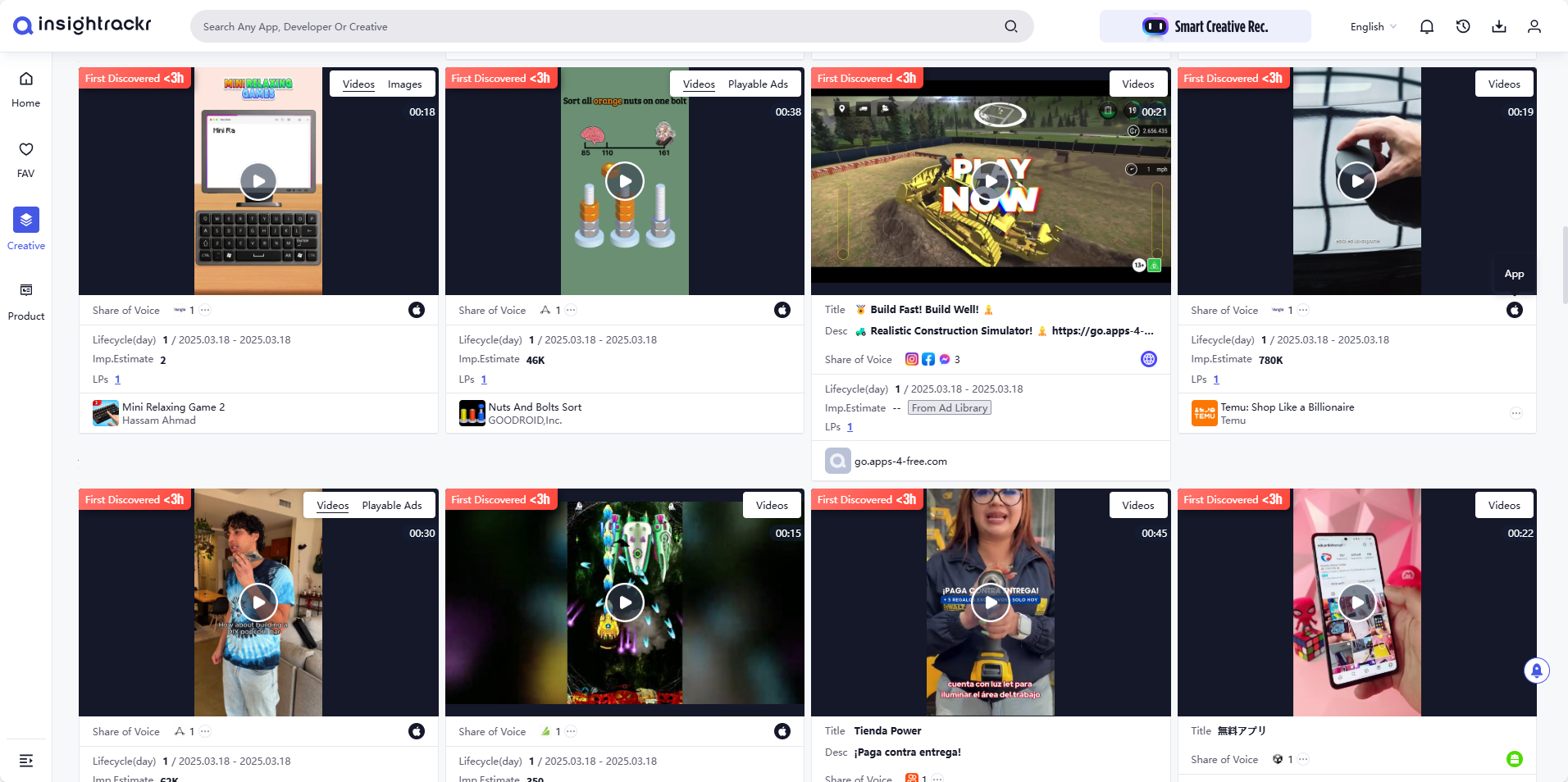Bidding | Mobile Advertising Terminology

I. What is Bidding?
Bidding is the process where advertisers set the maximum price they're willing to pay for their ad to compete for ad space. Common in search engine ads (e.g., Google Ads), social media ads (e.g., Facebook Ads), and programmatic ad buying, bidding helps advertisers secure ad placements to gain exposure and clicks, achieving their marketing goals.
In ad auctions, price isn't the only factor; ad quality scores, relevance, and user engagement also impact display and cost.
II. How Bidding Works
Ad bidding is based on supply and demand and platform algorithms. Key aspects include:
-
Real-Time Bidding (RTB): In programmatic advertising, ad spaces are auctioned in real-time as users visit websites or apps. Advertisers' bidding systems decide whether to bid and how much to bid based on user data and context.
-
Impact of Quality Score: On many platforms, an ad's quality score affects its ranking and actual cost. This score is based on ad relevance, click-through rate, and landing page experience.
-
Budget Constraints: Advertisers often set daily or total budgets. When the budget is exhausted, the ad stops running, affecting exposure and bidding strategies.
III. Optimizing Ad Bidding
Optimizing bidding strategies is crucial for improving ad effectiveness and ROI. Practical tips include:
-
Keyword Research and Grouping: In search engine ads, conduct in-depth keyword research, group related keywords, and set appropriate bids.
-
Analyze User Behavior Data: Study user clicks and conversions to understand which ads and keywords perform best, then adjust bids accordingly.
-
Set a Reasonable Budget: Allocate budgets based on ad goals and expected outcomes to avoid waste or insufficiency.
-
Use Automated Bidding Tools: Many platforms offer automated strategies like target cost-per-conversion or click maximization. Choose based on needs.
-
Regular Monitoring and Adjustment: Ad markets and user behavior change constantly. Continuously monitor ad performance and adjust bidding strategies.
IV. How Good Ad Creatives Enhance Bidding Advantages
Quality ad creatives significantly impact bidding effectiveness. Great creatives boost click-through and conversion rates, improve quality scores, and lead to better ad positions and lower costs.
-
Highlight Unique Product/Service Features: Clearly showcase what makes your offering special so users quickly see its value.
-
Grab Attention: Use eye-catching titles, descriptions, and visuals to spark curiosity and interest.
-
Be Concise: Keep copy simple and clear, avoiding complexity. Focus on key messages.
-
Use Action-Oriented Language: Include calls to action like "Buy Now" or "Sign Up Free" to prompt user responses.
-
Personalize and Evoke Emotions: Tailor creatives to your audience, using emotional language to resonate and engage.
-
Test and Optimize: Run A/B tests on different creative versions, analyze data, and refine to find the most effective approach.
V. How Insightrackr Supports Ad Bidding Optimization
In competitive ad markets, Insightrackr offers strong support to advertisers. By monitoring and analyzing global ad data, it helps you understand market trends and provides ad creative design references.
Insightrackr offers key metrics like estimated ad impression, lifecycle, engagements, and audience data. This helps evaluate ad potential and competitiveness. High-quality creatives, which enhance bidding advantages, can be developed with inspiration from Insightrackr, improving ad appeal and relevance, and boosting quality scores and engagement.

Insightrackr's analytics also help you deeply understand ad performance and audience reactions, enabling data-driven bidding strategy adjustments and a competitive edge.
In conclusion, bidding is essential for ad campaigns. With scientific bidding strategies and Insightrackr's data and creative insights, you can compete more effectively, increase ad exposure and conversions, and achieve marketing and business growth goals.
If you're ready to take your mobile marketing to the next level, it's time to Signup Now and start unlocking the full potential of insightrackr!
